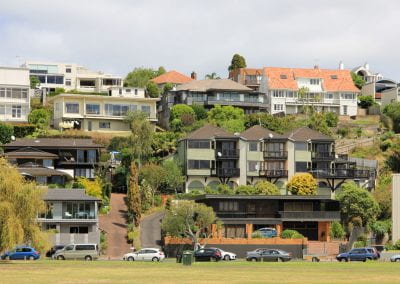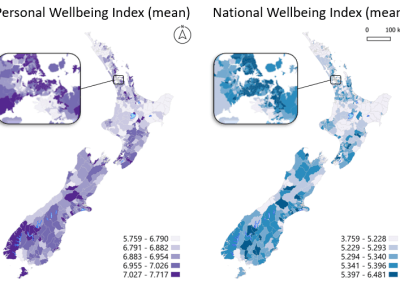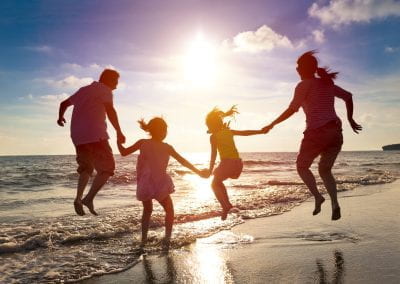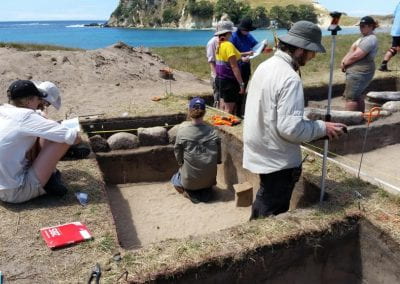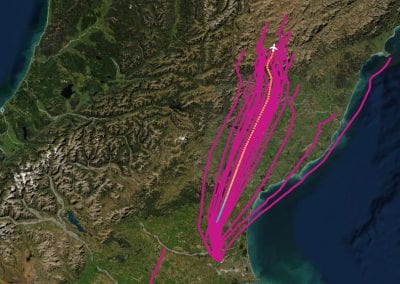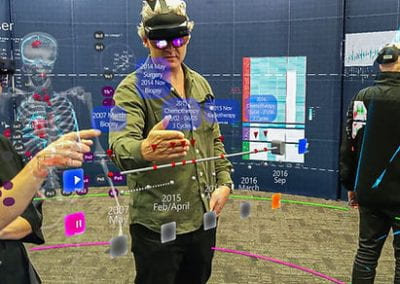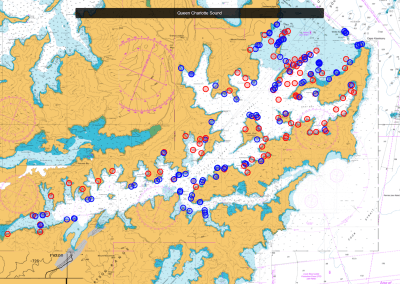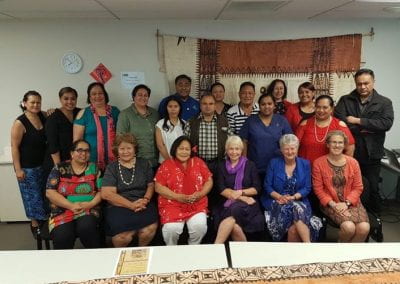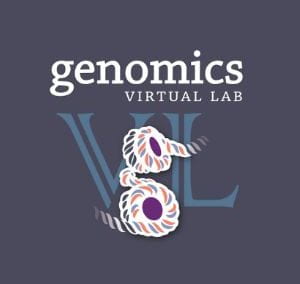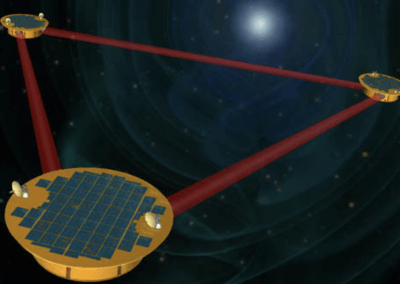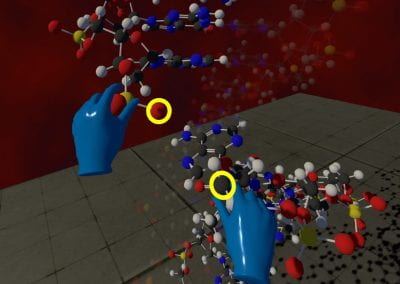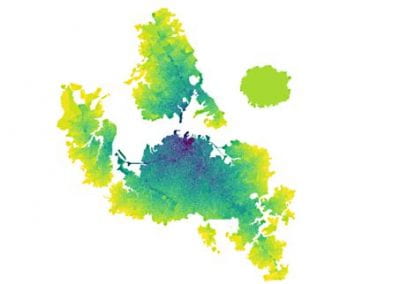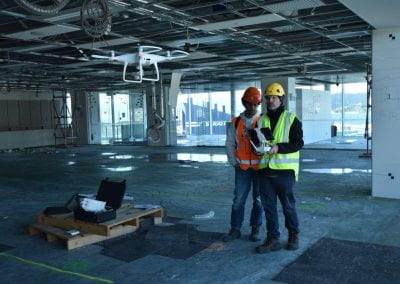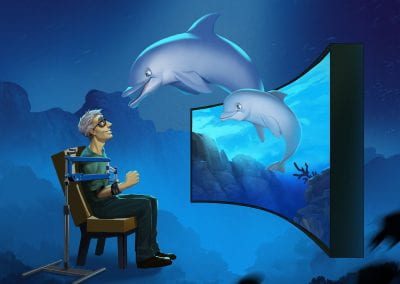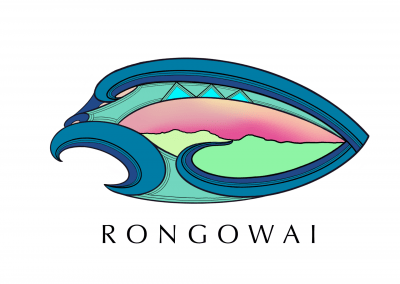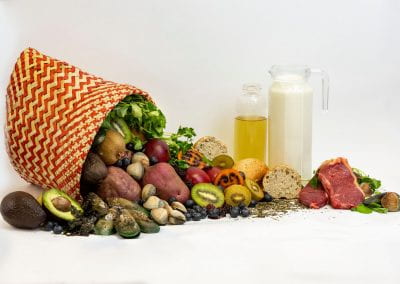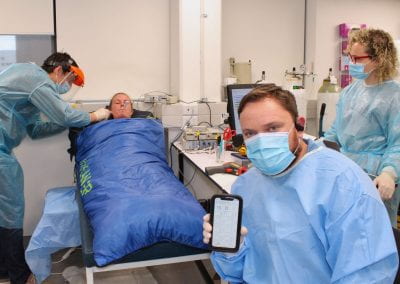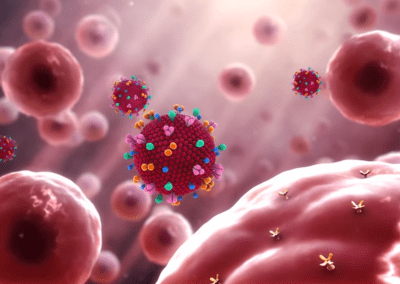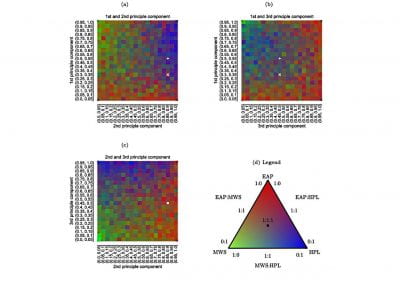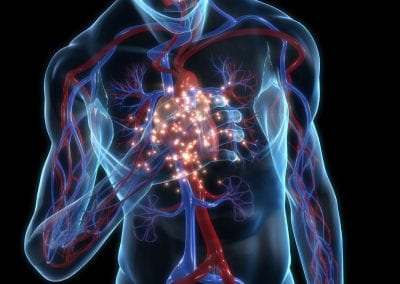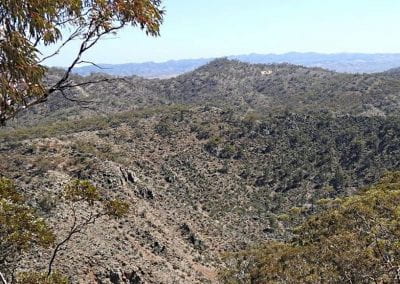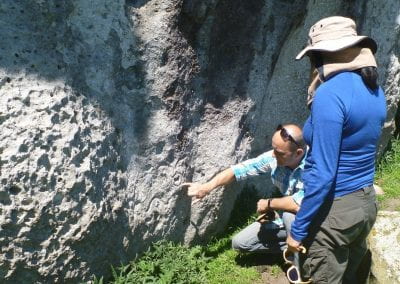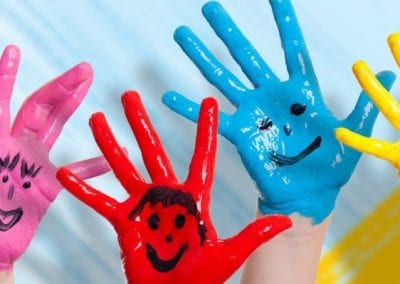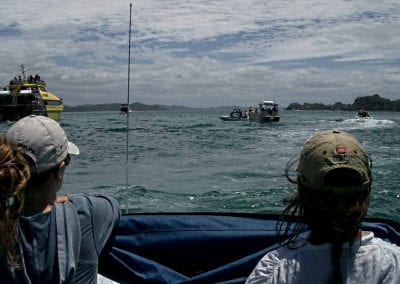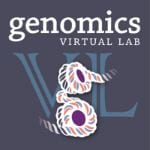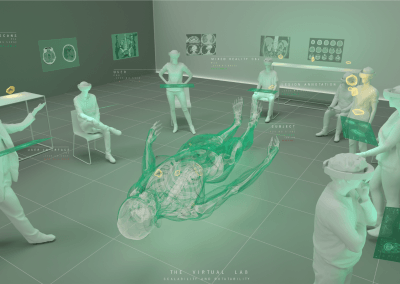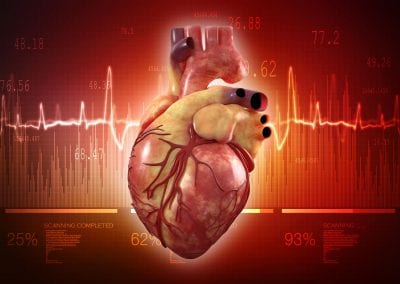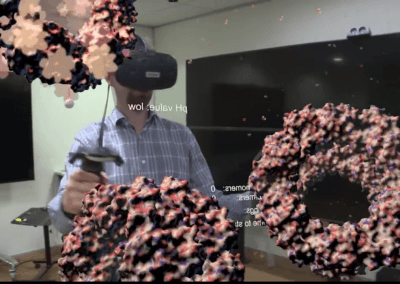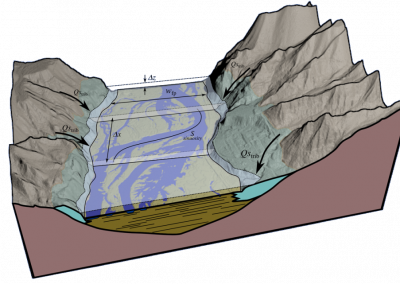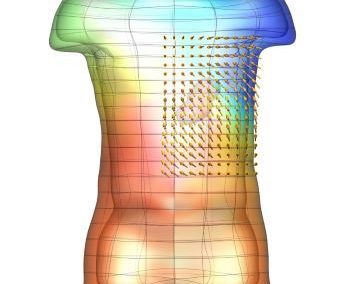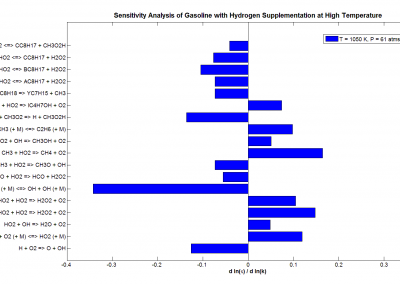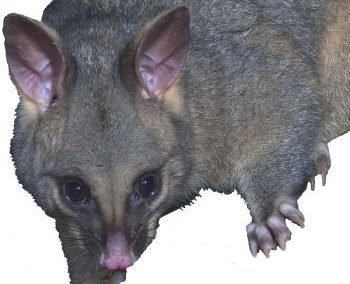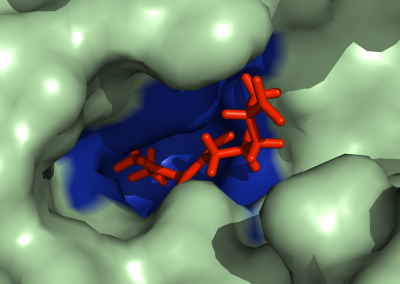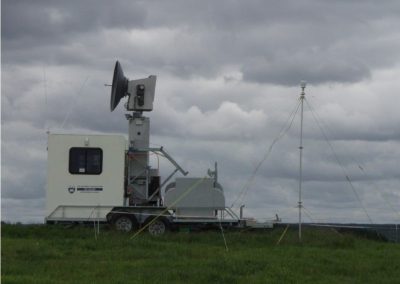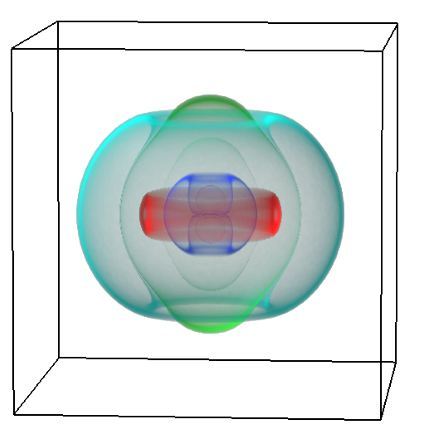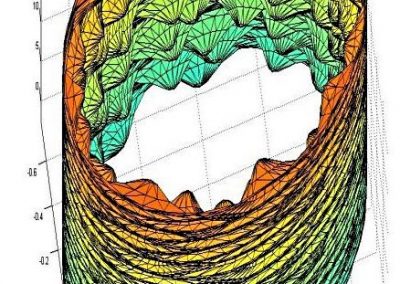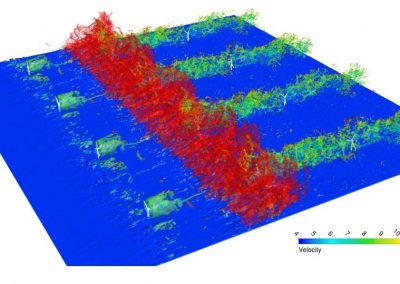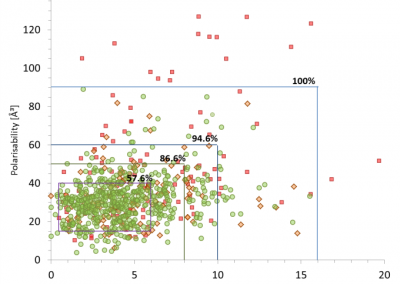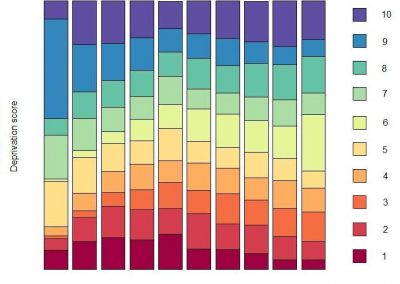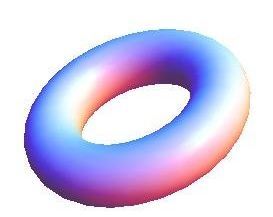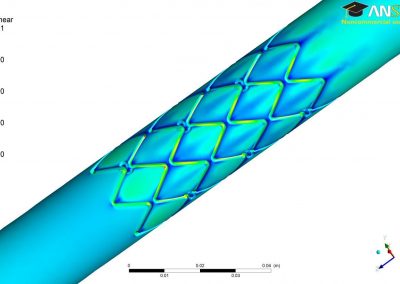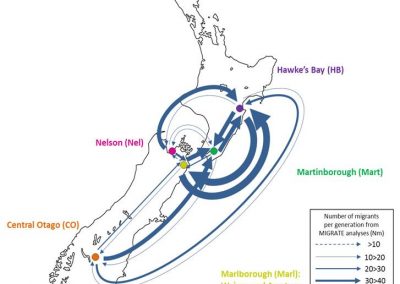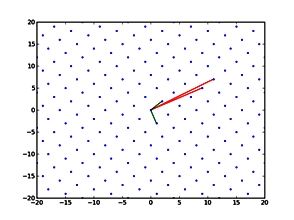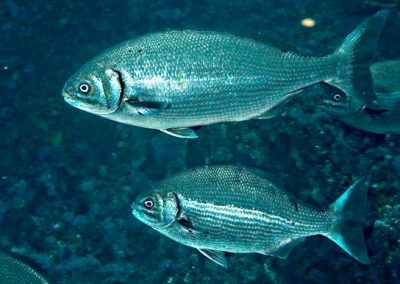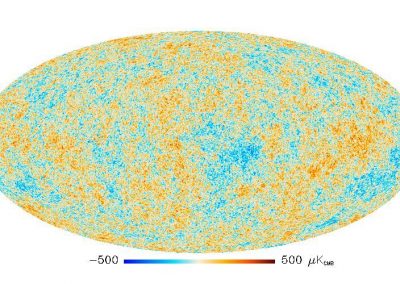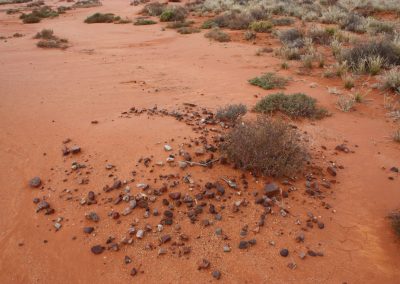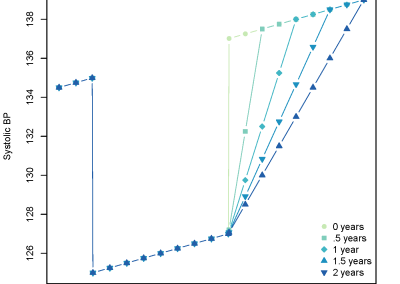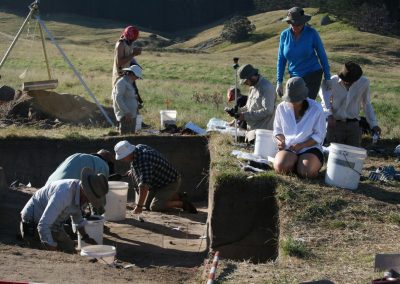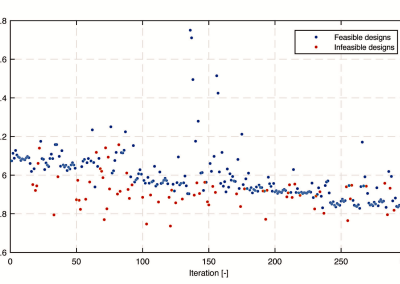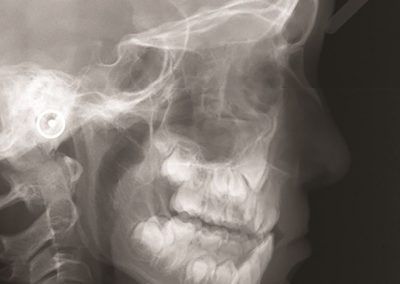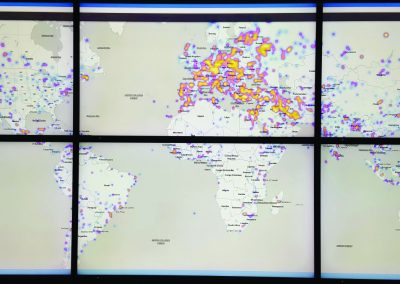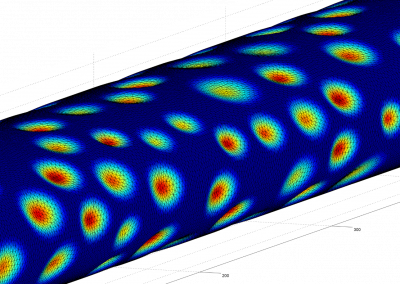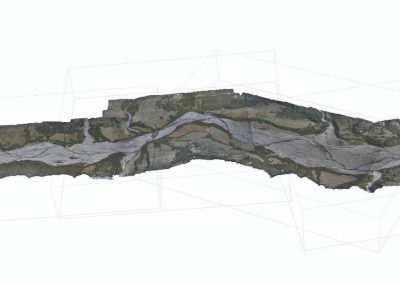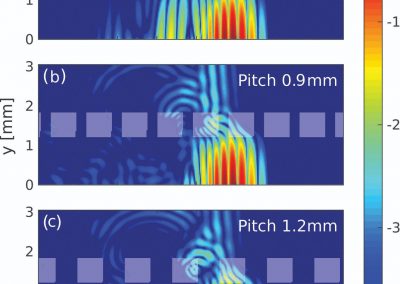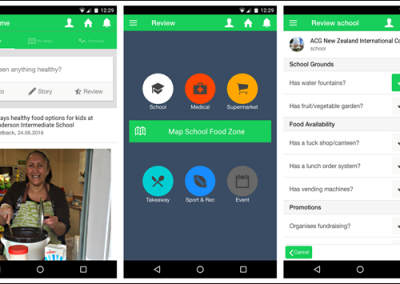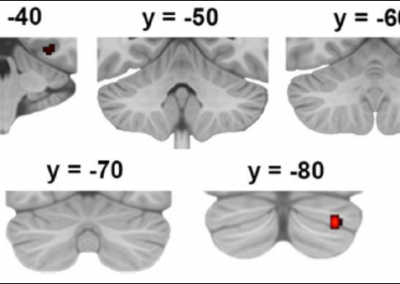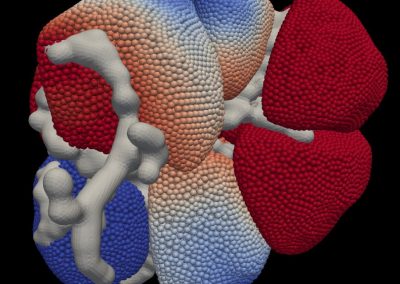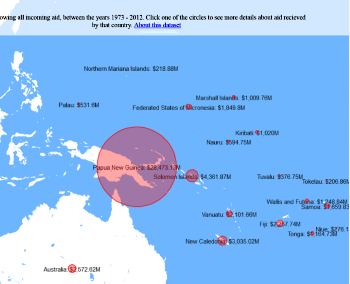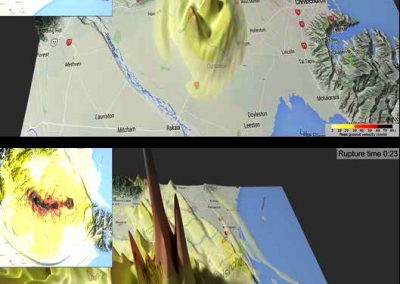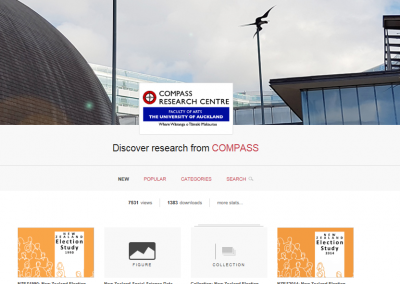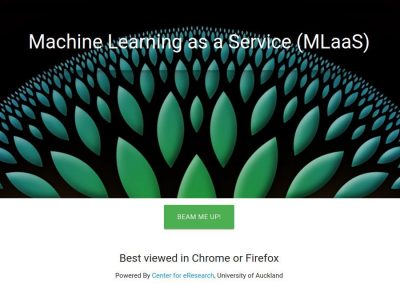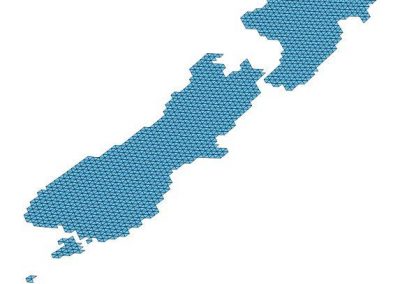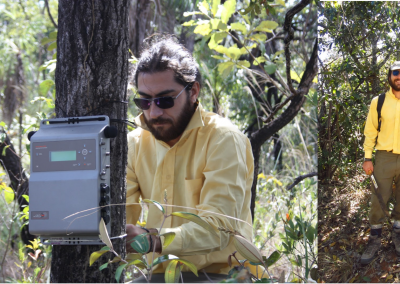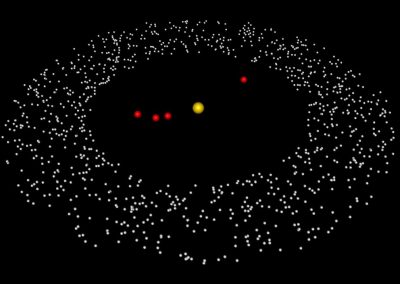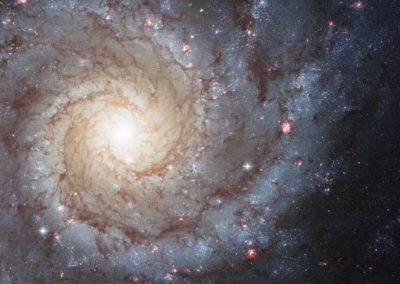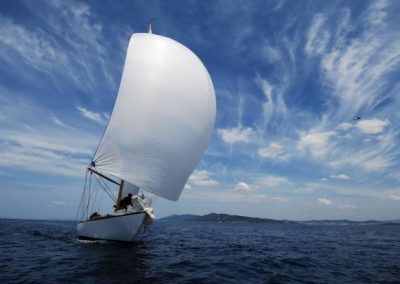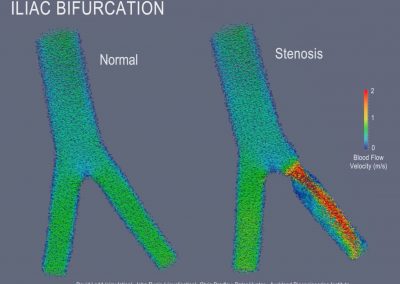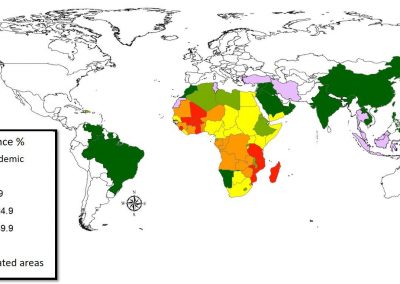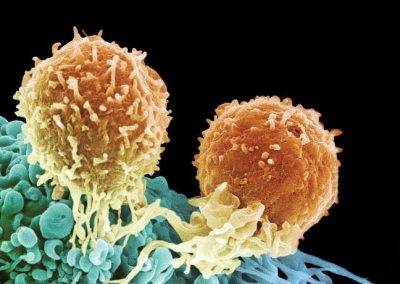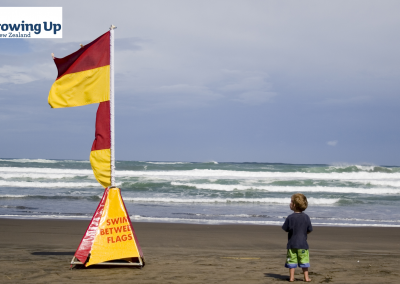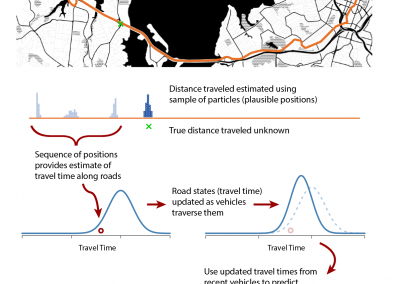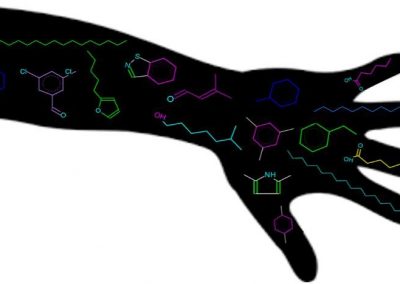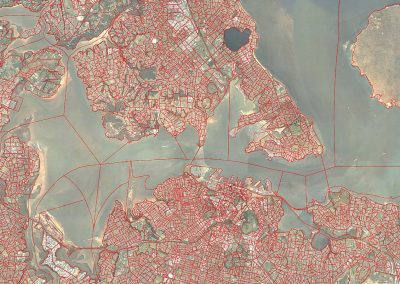
Interactive AR Art – Project Gordon
Shannon Novak, artist, West gallery at The University of Auckland; Nick Young, Centre for eResearch
Public art gallery in Dunedin, March 2018
Nick from the Centre for eResearch has been working with artist Shannon Novak to create an interactive AR exhibition – a digital sculpture named Gordon. It was on display in Dunedin public art gallery on the 3rd and 4th of March 2018. The virtual sculpture integrated with IBM’s Watson sentiment analysis tools to interpret speech and adapt its colour to the user’s expressed sentiment.
The viewing public were able to interact with the digital sculpture across multiple sensory modalities. Shannon hopes that the technology could open the door to a new generation of art-lovers, particularly the young people.
The digital sculpture was viewed through an augmented reality headset, which added a layer of digital imagery over the physical, real-world environment whose elements are “augmented” by computer-generated perceptual information.
With the headset on, members of the public could view the sculpture floating in mid-air inside the gallery, and use voice commands or gestures to interact with it -changing its colour, size, configuration or more. The viewers can move satellite pieces via gestures, and command Gordon to change color via voice command. Gordon will respond and detect emotion of the users, and change colors accordingly. For instance, if you say something angry, Gordon will turn red, and if you say something sad, Gordon will turn blue.
“You often see them in galleries or at art openings, and all the adults are having a great time … and the kids are just in a corner, on their cellphones, just totally immersed in whatever is on that.” Shannon said.
Project Gordon article was published in Dunedin News.
See more case study projects

Our Voices: using innovative techniques to collect, analyse and amplify the lived experiences of young people in Aotearoa

Painting the brain: multiplexed tissue labelling of human brain tissue to facilitate discoveries in neuroanatomy
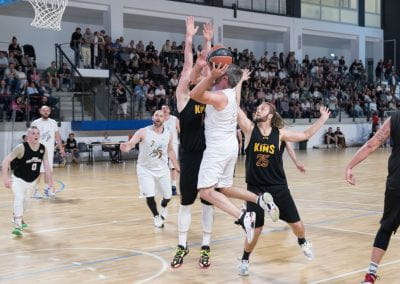
Detecting anomalous matches in professional sports: a novel approach using advanced anomaly detection techniques
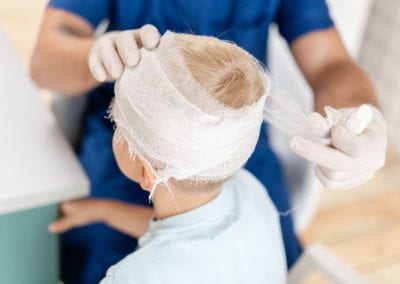
Benefits of linking routine medical records to the GUiNZ longitudinal birth cohort: Childhood injury predictors
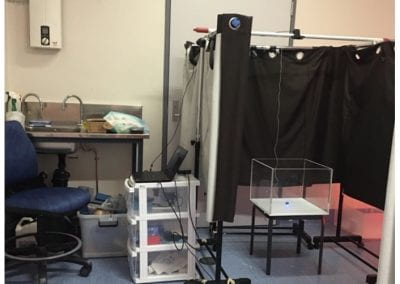
Using a virtual machine-based machine learning algorithm to obtain comprehensive behavioural information in an in vivo Alzheimer’s disease model
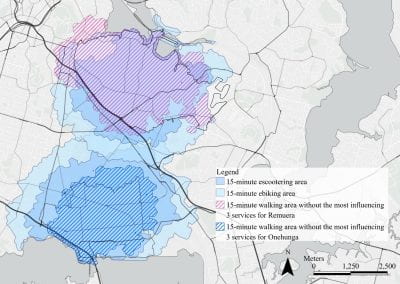
Mapping livability: the “15-minute city” concept for car-dependent districts in Auckland, New Zealand

Travelling Heads – Measuring Reproducibility and Repeatability of Magnetic Resonance Imaging in Dementia
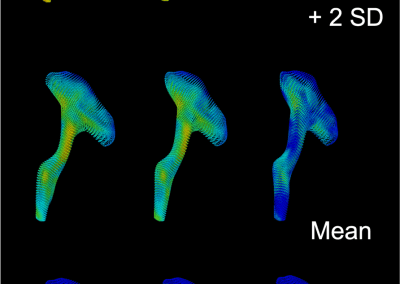
Novel Subject-Specific Method of Visualising Group Differences from Multiple DTI Metrics without Averaging

Re-assess urban spaces under COVID-19 impact: sensing Auckland social ‘hotspots’ with mobile location data

Aotearoa New Zealand’s changing coastline – Resilience to Nature’s Challenges (National Science Challenge)
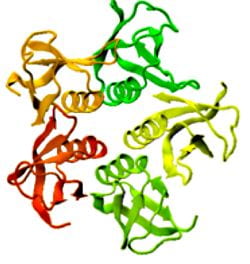
Proteins under a computational microscope: designing in-silico strategies to understand and develop molecular functionalities in Life Sciences and Engineering
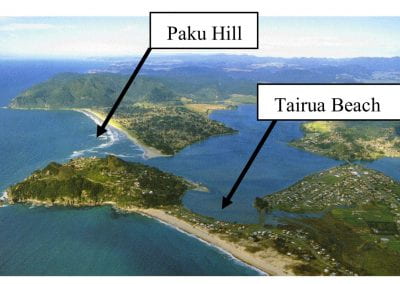
Coastal image classification and nalysis based on convolutional neural betworks and pattern recognition
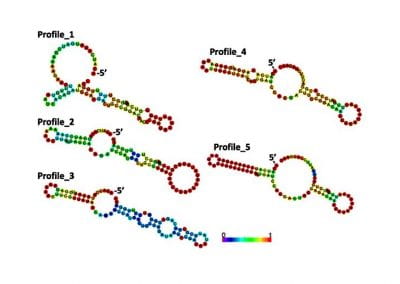
Determinants of translation efficiency in the evolutionarily-divergent protist Trichomonas vaginalis
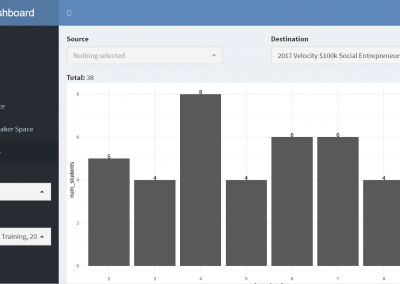
Measuring impact of entrepreneurship activities on students’ mindset, capabilities and entrepreneurial intentions
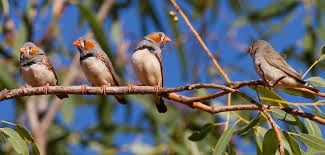
Using Zebra Finch data and deep learning classification to identify individual bird calls from audio recordings
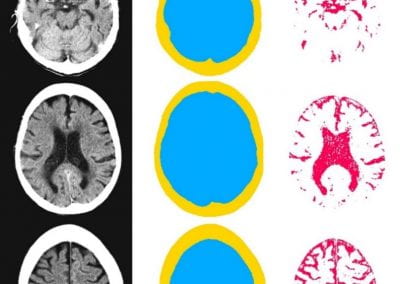
Automated measurement of intracranial cerebrospinal fluid volume and outcome after endovascular thrombectomy for ischemic stroke

Using simple models to explore complex dynamics: A case study of macomona liliana (wedge-shell) and nutrient variations
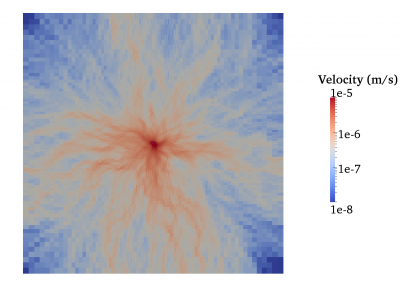
Fully coupled thermo-hydro-mechanical modelling of permeability enhancement by the finite element method

Modelling dual reflux pressure swing adsorption (DR-PSA) units for gas separation in natural gas processing
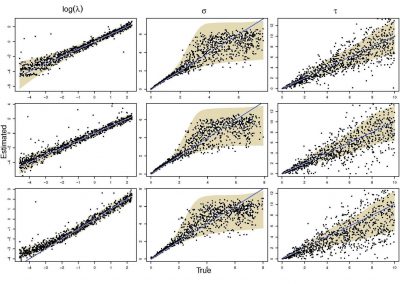
Molecular phylogenetics uses genetic data to reconstruct the evolutionary history of individuals, populations or species
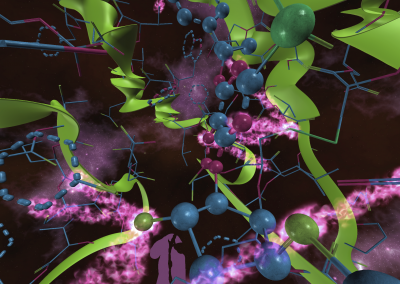
Wandering around the molecular landscape: embracing virtual reality as a research showcasing outreach and teaching tool













